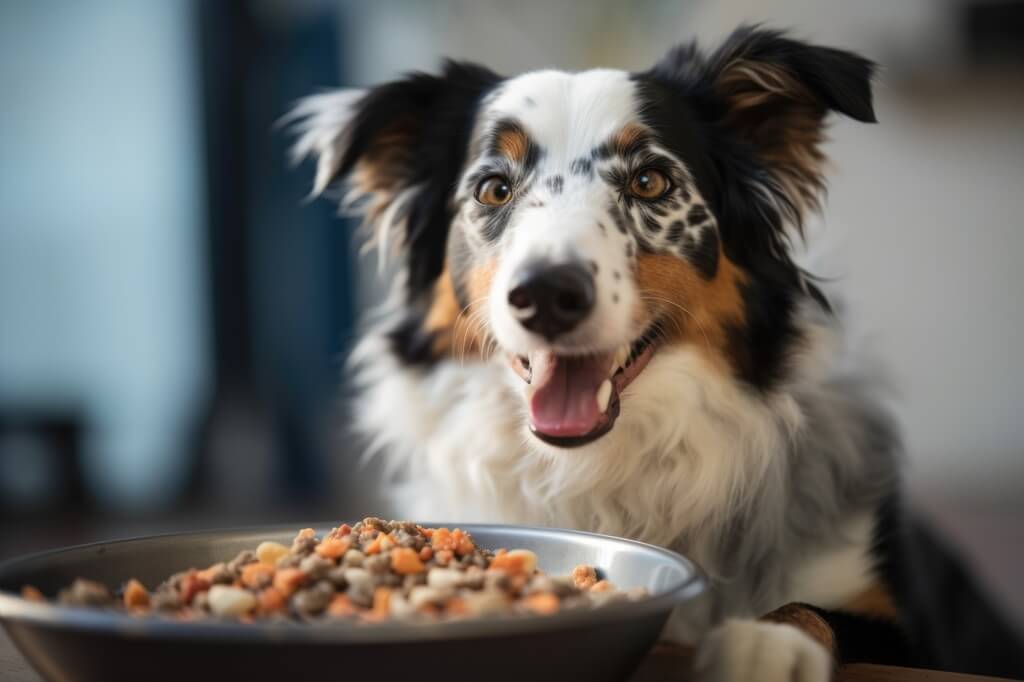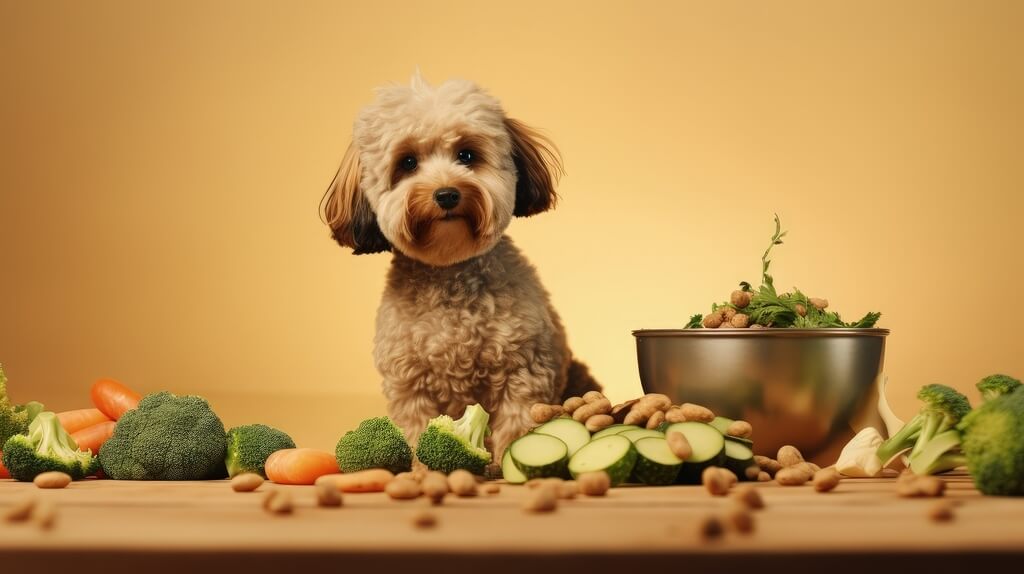
If there is one thing learned by marketing over the last 50 years, it’s that it’s better to find and fulfill a need, than try and create one. The massive increase in variety and sales of single-ingredient meat (natural) health dog treats is a strong case in point.
We look at where natural dog treats came from, and what whole in the market they now satisfy.
The irony is that it has taken so long for this NATURAL TREND to come full circle. Originally, centuries ago, dogs were fed by farmers and people who used them for work. Centuries later the idea of having a dog just as a pet took off.
The height of artificial dog treats probably happened in the mid-20th century through to the 1980s in the heyday of American advertising. In the beginning, it was because it was post WW2, everyone was optimistic about the future and cashed up to buy anything that could seem to fulfill that dream of an idyllic peaceful life. Dogs became part of the family and treated with more and more expensive gifts.
Advertising sold the idea that a bag of wheat or rice or any cheap grain, in colourful colours would appeal both to their kids and their dog. Add a little processed sugar salt and fat into the equation, and yes, dogs might be fooled into eating anything.
Perhaps it’s a shame that dogs can only see half the colour spectrum so many of those fake full rainbow doughnut dog treat colors are wasted on the dogs, including the chance to give a dog a great treat that is nutritionally valued by their body.
It has taken right up until the last ten years in most developed countries, for owners to work out that dog treats could and should be as healthy if not healthier than the commercial dog food or DIY dog food they feed their dog. They could even be functional!
What are ‘natural’ dog treats
Natural dog treats and Healthy dog treats should be the same thing. But not always. Just as dog food companies know that grain is one tenth or less the cost of almost any kind of meat, the makers of dog treats also know if they sell treats all at a similar price, they are going to make huge profits by selling you Plant matter.
Plant matter means grain or green leafy vegetables. They are mostly used as a bulking agent, but can’t be used or disguised on their own very well. Hence the creation of TVP to fool the owner and dogs.
Just because something is grown outside does not mean it is healthy. Meat is the ONLY dog food to have proper protein levels that dogs can effectively use. Plant matter (unless it is concentrated soy) tends to have very low protein levels. That is why when used in bulk, plant matter is mostly a filler to make a treat or dog food packet look big, not because it is healthy or NATURAL.
Dogs evolved from wolves and wolves only eat plants in desperation and moderation. It is not their natural food, it is the last choice. So when we talk ‘natural’ we are talking about anything animal (meat, offal, or bones). Not plants.
Commercial dog food versus natural dog treats

You might wonder if commercial dog food is classed as whole and balanced, why your dog would need anything else to eat, except for providing entertainment.
That is a very valid question, and much of the answer lies in the fact that aafco (the US volunteer body that sets dog food standards) has a lot of commercial players on the board, and they recommend and exceptionally LOW value of protein (from any source) for something to be called “dog food”.
Dried meat will typically have around 60% protein. Dry dog food only has to have a protein value of 18%. This discrepancy means that meat is mostly added to kibble to drag plant matter’s low protein levels up to the set protein aafco value.
However, if you search for the BIOAVAILABILITY (for dog’s digestion) of the different meat and plant sources included in most commercial dog food, you will see that most meat is 90% plus, while grain is often between 70-80%. Corn is as low as 50% bio available to your dog.
That means if you use a lot of plant matter to just reach the numerical lowest protein level of 18% once you figure out how little of it is actually used by your dog (low bio available) you will realize that they might be only getting 10-15% usable protein. This is well short of the 60% that wolves and dogs would enjoy in the wild by eating adequate dried meat amounts.
AND that alone is a very important reason why ANIMAL based single ingredient natural dog treats should be mandatory for most dog owners.
Now back to the ORIGIN STORY
Wise farmers and good knowledgeable owners would give their dogs decent cuts of meat and offal, and allow them to chew on a bone. Vets sponsored by commercial dog food companies in the 1950 would only recommend kibble off their shelves as the only food a dog should eat.
NOW in the 2020’s dog owners are once again realising that the true RAW FEEDER diet (not barf), is actually a lot closer to what their dogs need. And if they prepare it themselves or give NATURAL meat 100% single ingredient dog treats, they know precisely how much meat AND PROTEIN their dogs are getting.
The devout raw feeder stays fairly close to the rule of thumb. 80% meat, 10-15% offal (hormone secreting organs), and 5-10% bone. With most dried meats fed to dogs being around 60% protein, you can see that if you used 80% meat in your dog’s diet, the protein amount would be closer to 60% x 80% = 48% protein – over double what affco provides as a lower limit. And that is before the protein from offal is considered!
There are very few healthy dogs that can’t have this level of protein. Sure, they need things like enough fiber and added Omega 3, even a dog multivitamin if you want to play it safe. But you can see how trimming down the laundry list of ingredients and additives and colouring found in most dog foods and a lot of dog treats can provide a much more reasonable amount of bio available protein for the dog’s skin, brain, heart, and just about everything else.
Whether you feed dogs a natural dog treat, as a food supplement, to preoccupy them, or even just satisfy a primal need you can be assured that you are improving the nutritional value of what they are putting in their mouth and improving their health outcomes throughout their life.
Explore Further











